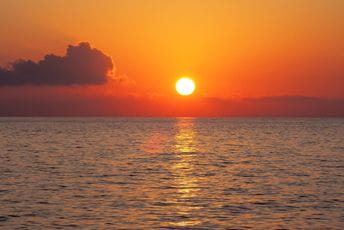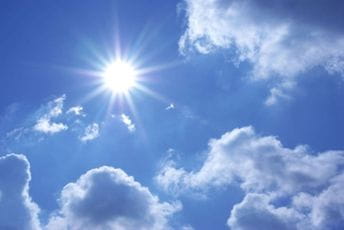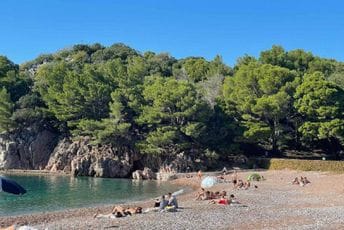The main article and related sources report on a long heatwave affecting Western and Central Europe during the summer, with extremely high temperatures reaching up to 42 degrees Celsius in southern Spain. Meteorologists predict that the heatwave will spread and persist throughout the summer, with occasional instability and storms with rain and thunder, especially in the interior of Croatia and the northern Adriatic. Temperatures will remain high, with daily values up to 34 degrees in Dalmatia. In Montenegro and Serbia, warm and sunny weather with possible short showers is also expected. Winds such as the bora and northern winds influence local weather conditions. These reports indicate a continuation of warm and unstable weather in the coming days, emphasizing meteorological changes and possible adverse weather events.
Political Perspectives:
Left: Left-leaning sources emphasize the impact of the heatwave as a symptom of climate change, highlighting the increasing frequency and intensity of extreme weather events due to human activity. They focus on the need for urgent environmental policies and adaptation measures to protect vulnerable populations from heat-related health risks and weather disasters.
Center: Center-leaning sources provide balanced meteorological reporting, focusing on the factual weather forecasts, temperature records, and expected weather patterns. They emphasize preparedness for the heatwave and potential storms, providing practical advice and updates without strong political framing.
Right: Right-leaning sources tend to focus on the immediate effects of the heatwave and weather changes on daily life, agriculture, and energy consumption. They may highlight the resilience of local communities and infrastructure, sometimes questioning the extent of climate change narratives, and emphasizing economic impacts and the importance of maintaining normal activities.









